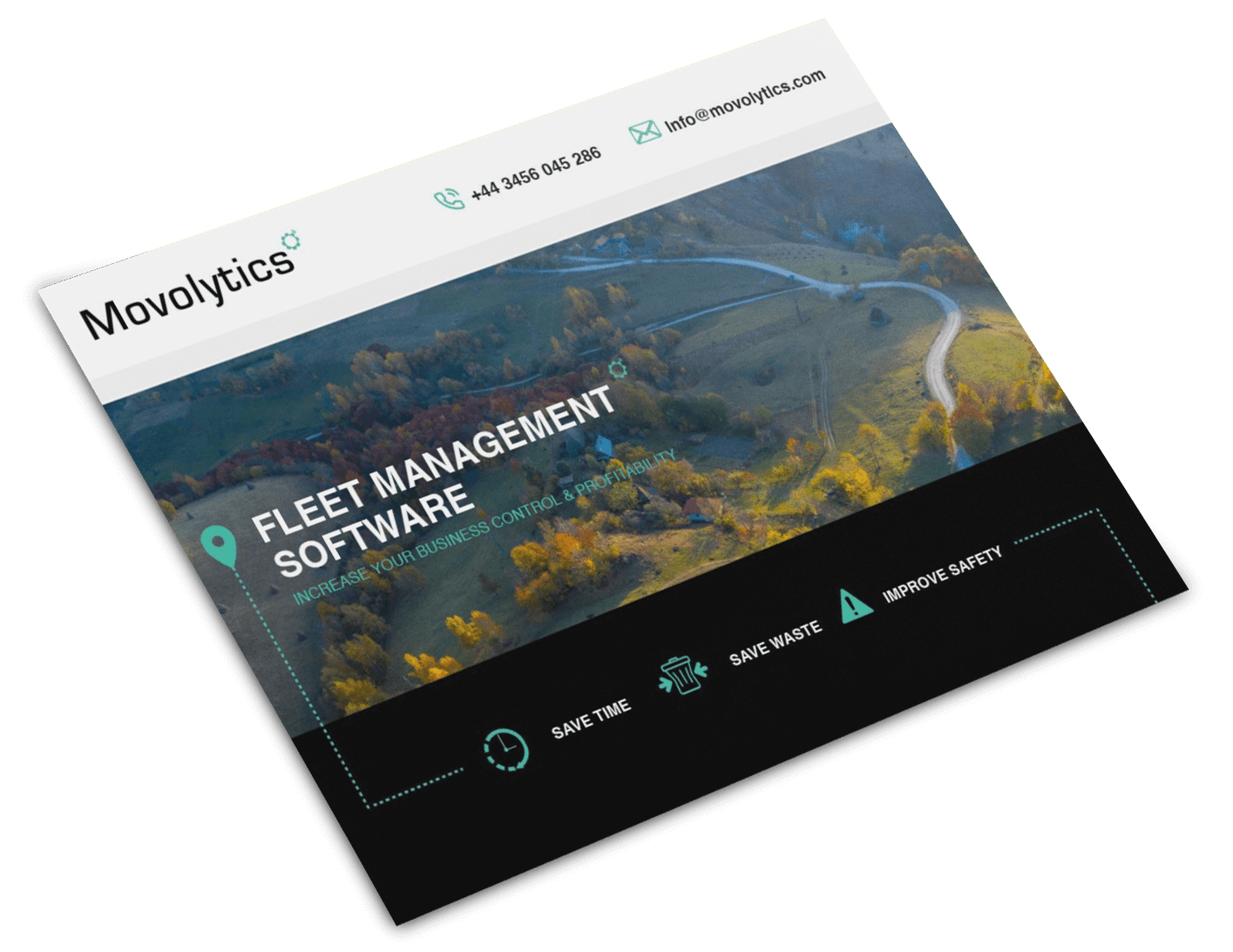
Fleet efficiency is the foundation of successful fleet management. Whether you’re overseeing a delivery fleet, a construction team, or a public transportation service, the quest for maximised productivity and minimised costs is perpetual. In this era of cutting-edge technology, Telematics has emerged as a game-changer in the realm of fleet management. This comprehensive guide aims to look into what Telematics is, its operational mechanisms, and how it can revamp the efficiency of your fleet.
Unveiling Telematics
Telematics is a dynamic fusion of telecommunications and informatics. In essence, it’s a technology that revolves around the collection, transmission, and processing of data related to vehicles. This data spans a wide spectrum, including GPS location and vehicle diagnostics. The true marvel of Telematics lies in its ability to transform this data into insight, empowering fleet managers to make informed decisions.
The Inner Workings of Telematics
Telematics operates through a symphony of advanced components. The process commences with the installation of telematics devices in your fleet vehicles. These devices act as the nerve centre of the system, capturing data and transmitting it to a central server through a blend of satellite and cellular networks. This data undergoes processing and becomes accessible to fleet managers through user-friendly interfaces. Telematics ensure a continuous flow of data, facilitating data-driven decision-making which can significantly help with your fleet management.
Core Components of Telematics
To fully appreciate the benefits of Telematics, it’s essential to understand its core components:
- GPS Tracking: At the core of Telematics lies the Global Positioning System (GPS). It provides precise location data for each vehicle in your fleet.
- Vehicle Diagnostics: Telematics devices tap into a vehicle’s onboard diagnostics system, extracting data on engine performance, vehicle maintenance requirements, and more.
- Driver Behaviour Monitoring: Telematics allows you to monitor driver behaviour.
- Communication: Telematics devices facilitate two-way communication between fleet managers and drivers, ensuring prompt and efficient coordination.
- Geofencing: The geofencing feature allows the creation of virtual boundaries on maps. When a vehicle enters or exits these boundaries, the fleet manager is notified.
Benefits of Telematics for Fleet Efficiency
The advantages of Telematics are manifold and extend to various industries:
- Logistics and Transportation: For logistics and transportation companies, Telematics streamlines operations through vehicle tracking, predictive maintenance, and more.
- Construction: In the construction sector, Telematics enhances site management by monitoring the location and performance of heavy machinery and equipment, thereby ensuring safe and efficient operations.
- Delivery Services: Courier and delivery businesses leverage Telematics to track vehicles, provide accurate delivery estimate times, and enhance customer satisfaction.
- Public Transportation: Public transit agencies utilise Telematics to monitor vehicle locations, refine schedules, and more.
- Agriculture: In the agricultural sector, Telematics empowers the tracking of farm machinery, enabling effective crop management and resource allocation.
Tips and Best Practices for Boosting Fleet Efficiency with Telematics
- Select the Right Telematics Solution: Choose a Telematics system that aligns with the specific needs and goals of your fleet. It should offer features that cater to your industry’s requirements.
- Data Management Strategy: Develop a clear strategy for managing the data generated by Telematics. Determine how long you need to store the data and who within your organisation should have access to it.
- Regular Monitoring and Analysis: Make Telematics data a part of your regular monitoring and analysis. Regularly review the data and use it to identify areas for improvement.
Incorporating Telematics into Your Fleet Efficiency Strategy
The adoption of Telematics is not a one-size-fits-all solution. It requires careful planning and execution. Here’s how you can integrate Telematics into your fleet management strategy:
- Assess Your Needs: Begin by assessing your fleet’s specific needs. Identify the key areas where Telematics can have the most significant impact.
- Choose the Right Telematics Provider: Select a reputable Telematics provider who offers a system tailored to your needs. Consider factors such as the range of features, user-friendliness, customer support, and scalability.
- Install and Configure: Once you’ve chosen a Telematics provider, work with them to install and configure the system in your fleet vehicles. This involves fitting the vehicles with the necessary hardware and software.
- Data Management: Develop a clear data management strategy. Determine how long you’ll retain data, who will have access to it, and how you’ll use the data for decision-making.
- Monitor and Analyse: Regularly monitor and analyse the data generated by the Telematics system. Look for trends and areas where improvements can be made.
- Review and Adapt: Periodically review your Telematics strategy and make adaptations as needed. As your fleet and business evolve, your Telematics needs may change as well.
Telematics is a transformative technology that has the potential to revolutionise fleet management. By providing accurate data and insights into your fleet, Telematics can significantly boost fleet efficiency. Whether you’re in logistics, construction, delivery services, or public transportation, the benefits of Telematics are far-reaching. By following best practices and incorporating Telematics into your fleet management strategy, you can improve your fleet management. It’s a powerful tool that no modern fleet manager can afford to ignore.
Download our brochure
Take a look at our brochure to find out more
